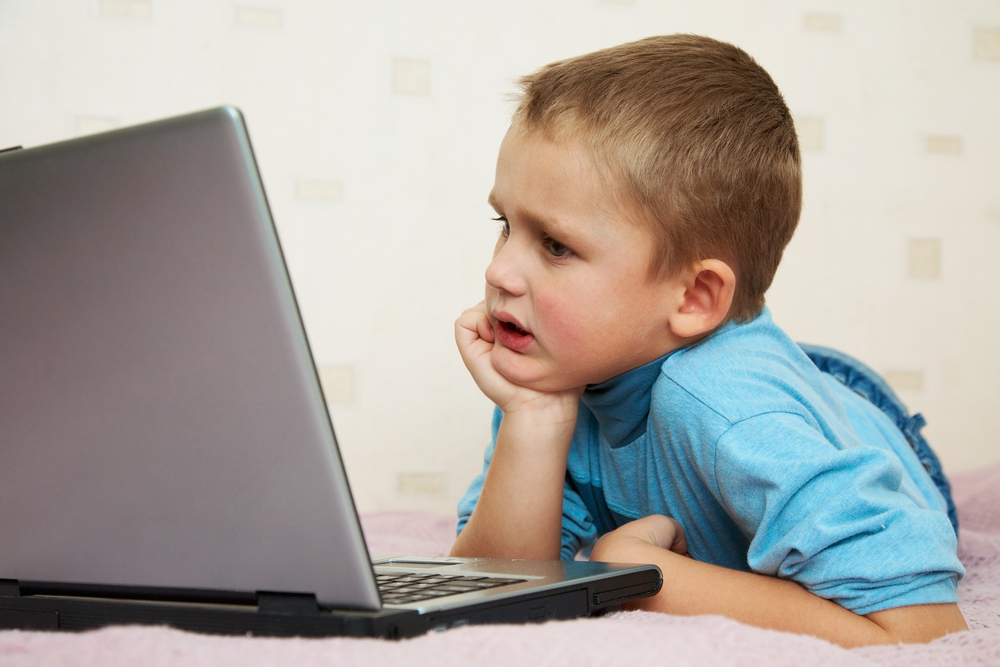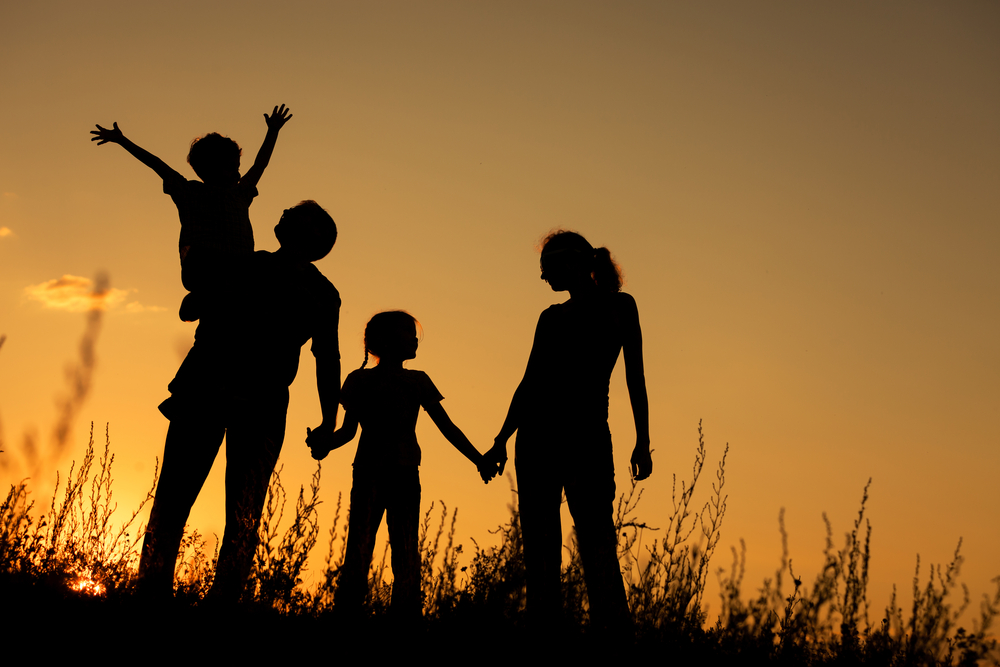Reducing Children’s Consumption of Media
March 28, 2022
Creating firm boundaries within your household to ensure your children consume a balanced amount of media is important. Freedom of the press is obviously significant and is not something to take for granted, as it allows us to understand and learn about the reality of life in other countries as it is reported. There are also benefits to watching and enjoying movies, dramas and documentaries through which we can laugh, learn and enjoy a new topic.
However, it is undeniable that the constant consumption of news and media, specifically that which displays violence, war, dysfunction and general harm, are not beneficial for children and young adults (and let’s be honest - adults) to consume. This is particularly relevant now, in times of conflict.
Statistics from Kid’s Health state that children who watch four or more hours of television per day are more likely to be overweight, show aggressive behaviour and take part in harmful activities such as drinking or smoking.
With this in mind, let’s explore ways to create beneficial boundaries around media consumption, and the ways to balance media with creative, active and therapeutic tasks.
Impact of Media Consumption
According to a study by Paediatrics Child Health into the impact of media use on children and youth, media consumption has a ‘profound’ effect on the psychosocial development of children. The report explores the effect of the consumption of television, radio, music, video learning games and the internet, and illustrates how watching certain programmes can encourage irresponsible sexual behaviour, impact learning and academic performance, increase violent behaviour, affect social skills, and expose children to dangerous individuals.
This study, and other similar ones, illustrate the harm unmonitored media consumption can have on children’s health, wellbeing and development. This stresses how important it is for parents to monitor the media their little ones consume in order to protect them from the wide selection of adverse side effects.
According to a study from the UK organisation OFCOM, which explored children’s media habits in 2021, children struggled with the pandemic and experienced a reduction of structure and routine which caused them to be online more, ‘binge-watching’ television and spending longer on social media than usual. As a result, their social circles shrunk and their concern about the way they looked increased. Almost all children surveyed stated that they felt pressure to look good online and used filters to achieve a certain look.
The study found that even though children reported spending more time online, and consuming media this way, they still felt living life online was a ‘poor substitute’ for offline activities, felt lonely and had ‘lower wellbeing’ as a result.

Maintaining a Balance
So far the harm caused by media consumption has been the focus here. However, it is important to note that social media, television, radio, music and video games can also have a beneficial effect on youngsters, within reasonable parameters.
Education is key when it comes to how children use media. In terms of social media, the UK based charity the NSPCC, suggests schools and parents provide children with information about the appropriate use of language to use and expect to hear from others, how to livestream safely, the importance of privacy and consent, and to provide spaces for children to share their experiences or concerns.
As mentioned earlier, spending too much time watching television, on social media and playing video games contributes to children feeling isolated, lonely and unhappy. Therefore, as parents and caregivers it is important to ensure children consume media within an assigned structure and timeframe. Firm boundaries help youngsters to understand when they can go online, speak to their friends and watch their favourite programmes, as well as when it is time to go to school, go to bed, go outside, and undertake other activities. Known timelines help children, specifically young children, feel safe and more content, and also is more likely to prevent them experiencing the adverse effects of being online.
Children do well within a structure, and this relates to the consumption of media as well.
Being a good role model to your children and showing little ones how you enjoy media in a beneficial way, such as to learn, laugh or enjoy a new subject matter, is a great way to provide a blueprint on healthy media consumption for your children. Leading by example, as well as creating firm boundaries, is a must.
What Constitutes Healthy Consumption?
The study from Paediatrics Child Health, referenced above, lists a number of ways in which families can support their children to consume media in a healthy manner. Practical techniques include families exploring media as a group and having a discussion about what is valuable and what is not. This family analysis is beneficial as it allows children to understand what is reality and fantastical, specifically when it comes to looking at the topics of sex, violence and advertising. Of course, showing children this type of content needs to be judged on an age-appropriate basis.
The report advises that children should not have a television, computer or video game in their room and encourages the use of common passwords. One to two hours of television should be allowed each day and older children can take charge by deciding the week aheads viewing, supervised by a parent. Caregivers should also be asked to maintain the ‘rules’ in parent’s absence so that there is consistency throughout, this also applies to parents who do not live together.

Beneficial Alternative Activities for Children
Another way to ensure children do not consume harmful materials online and via other media sources, is to give them alternative activities that they can enjoy. Children love working on projects, learning new things and doing hands-on tasks through which they can see their progress week after week.
Kid’s Academy has a range of engaging and varied learning worksheets that can provide valuable learning and play opportunities for little ones to encourage them to spend time offline. Engaging little ones can be difficult, and so having a plethora of resources, like the materials from Kid’s Academy, is a great place to turn when seeking something beneficial to use.
Creative and mindful activities, whether it is worksheets, crafts, singing, dancing or yoga, is a great way to provide children with alternative activities to enjoy. Children love being outdoors at all ages, whether it is a simple walk to the park or more of an adventurous outing, this is a great way to engage children. Whilst outdoors, they can see new sights, explore their local area (or further afield) and can run off some steam. Sitting statically watching television and being online is not great for their development in all forms. Incorporating a healthy amount of exercise into each day is important for children to stay fit and well, as well as to aid holistic development.
Monitor, Communicate and Educate
The online and media world can be an overwhelming place for children, especially if they are traversing it without parental supervision. As discussed, it is the caregivers role to maintain a balance between allowing children to learn and consume beneficial media and to safeguarding them from the harmful content that is prevalent. It is also important that children know they can communicate with their parents whatever they experience or encounter online. Keeping channels of communication fully open is key.
Providing a firm structure within the home, limiting access to the online world and providing alternative mindful, creative and enjoyable activities for them to do alone and with the family is the best way to ensure children develop in a healthy way.
About the author
Alison Carter - Play-Based Educator, ESL Teacher, Trauma Sensitive Yoga and Pilates Teacher.
Manchester, England, UK.




.jpg)







